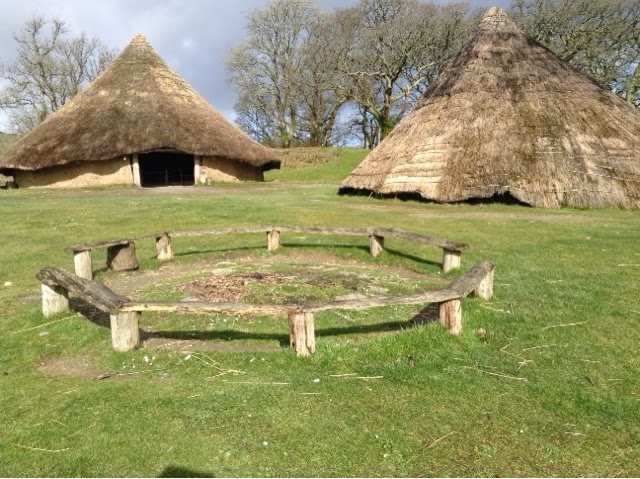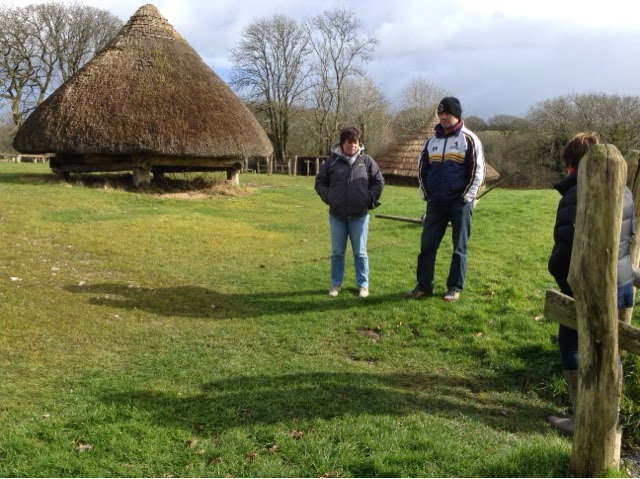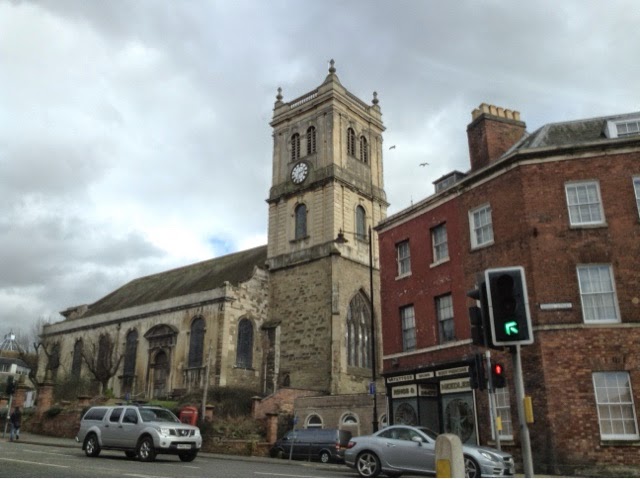We farewelled Mag and Tom this morning at exactly 10 am, and headed southeast through Wales, passing through Rhayader and Abergavenny. We put petrol in the car at Crickhowell, and not long later crossed the Severn Bridge and had lunch in roadside services between Bristol and Swindon. At about 3.30pm, we arrived at our first destination - Runnymede.
For most Australians, the year 2015 is important because it is the 100th anniversary of the Gallipoli campaign in the First World War. But not a lot of people realise this year marks the 800th anniversary of something much more historically important. On 15 June 1215, England's King John signed the Magna Carta here at Runnymede, an event universally acknowledged as the birth of modern democracy, as founding the principle of the rule of law, as constraining the absolute power of those who rule us, and as a check on tyranny.
I was delighted to come here, but slightly disappointed for a few reasons. First, no one knows exactly the spot where King John was confronted by the 20-odd barons who persuaded him to sign the Great Charter. Second, there is no pathway to the Magna Carta Memorial, located a few hundred yards away from the tea house where we parked, on the other side of an unbelievably muddy field. Our shoes became as muddy as bloody hell. The Queen came to the nearby Kennedy Memorial in 1965, and she planted a tree in 1987 - I'll bet she didn't have to walk across any mud. It was so bad I thought they should change the name of Runnymede to 'Muddy Mede'.
My third slight disappointment came in the Magna Carta Memorial itself. Situated on a small hill on the Thames' west bank, the Memorial is a little rotunda which tells the visitor almost nothing. Information is provided on a small sign nearby. The Magna Carta Memorial in Canberra, Australia, is considerably better.
Jean's and my ancestry are brought together at Runnymede. King John is one of Jean's ancestors, traced through her Dad, and stretching back about 24 generations. And we believe that a certain baron, Baron Robert de Ros, was an ancestor of mine, traced through my father's German ancestors, who also had English ancestors. I like that one of my forefathers stood over one of Jean's forebears and made him do something he didn't want to do. I'm lucky if I can get my wife to do anything she doesn't want to do!
Afterwards, we had scones, jam and cream in the tea house. At exactly 5pm, we arrived at the Sheraton Skyline Hotel in Hayes, ahead of our flight to America tomorrow.
Announcing the Magna Carta, near the tea house.
In the distance is the tea house. We had to walk across this very muddy field.
There's not much said here except annoying references to the American Bar Association!
The Memorial is on a gently sloping hill in an otherwise flat area on the west bank of the Thames.
On the other side of the distant trees is a narrow area of the Thames, to the west of London, not far from Heathrow Airport.



















































